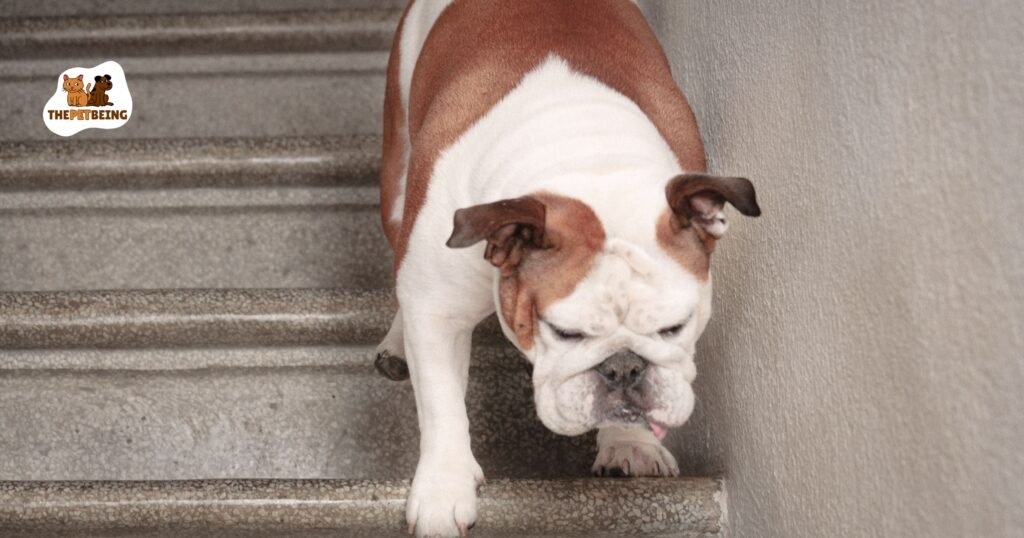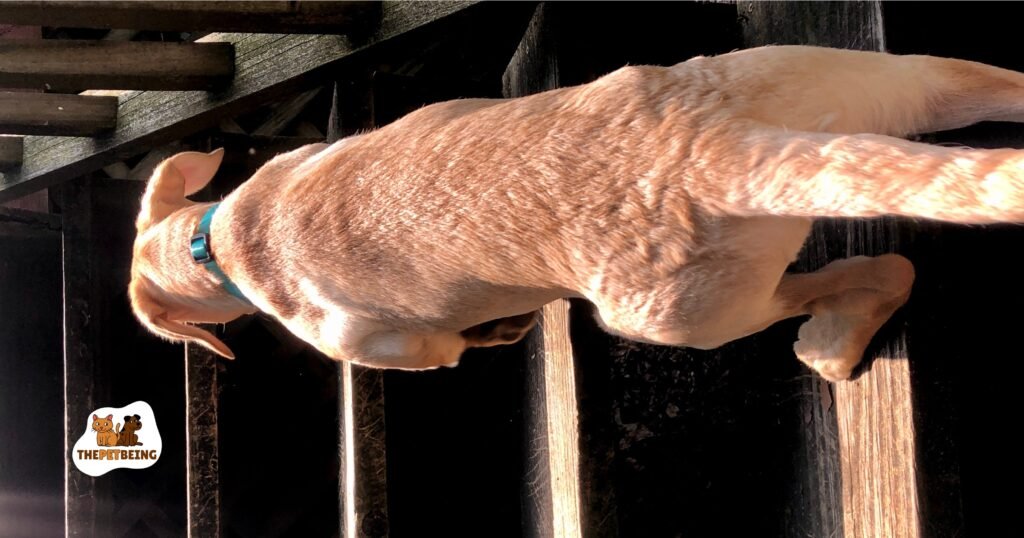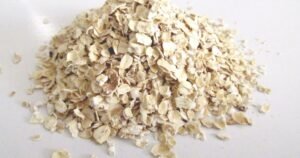Through appropriate physical training, dogs typically gain the ability to navigate stairs independently approximately 8 weeks post-surgery. ACL surgery is a common procedure for dogs with knee injuries. Just like humans, our furry companions need ample time to recover post-surgery. This period is crucial to ensure a successful healing process.
One common question from pet parents is, “When can my dog climb stairs after ACL surgery.” This is a valid concern because stairs can challenge a recovering dog. Knowing when your dog can safely begin to climb stairs without risking re-injury is important.
This article will provide insight into the recovery timeline and help you understand when your dog can start climbing stairs post-ACL surgery. As every dog’s recovery process is unique, it’s always a good idea to consult your vet for personalized advice.
Understanding When Can My Dog Climb Stairs
Allowing your dog to climb stairs after an ACL surgery depends on several factors, such as size, age, overall health, and the nature of the surgery.
Generally, doctors suggest keeping your dog away from stairs for at least two to three months after the surgery.
This period could be longer for older dogs or those with other health issues.
The key phrase to remember is, “When can my dog climb stairs after ACL surgery?” The response is typically “when they can bear weight on their operated leg without discomfort, and with your vet’s approval.”
Stair climbing significantly strains a dog’s joints, which could be harmful during healing.
Always follow your veterinarian’s advice about when it’s safe to reintroduce stairs.
They’ll assess your pet’s progress during post-operative checks and guide you on reintroducing physical activities.

Tips To Helping Your Dog During Recovery
Helping your dog recover after ACL surgery requires patience, care, and understanding.
Simple yet effective steps can significantly improve healing and ease your furry friend into regular activities. Here are eight easy-to-follow tips.
- Create a calm environment: Keep your home quiet and serene to help your dog rest undisturbed, which is crucial for recovery.
- Limit activities: Prevent your dog from running, jumping, or playing with other pets to avoid further injury.
- Modify home setup: If possible, arrange for your dog to stay on the ground floor and block access to stairs.
- Administer prescribed medications: Give your dog all prescribed medications on time to manage pain and prevent infection.
- Maintain a healthy diet: Provide a nutritious diet to support healing. Consult your vet for any specific dietary needs post-surgery.
- Attend all follow-up appointments: Regular vet visits post-surgery are essential to monitor recovery and adjust treatment plans if needed.

Physical Therapy and its Impact on Recovery
Physical therapy is pivotal in a dog’s recovery after ACL surgery.
It involves exercises specifically tailored to rehabilitate your pet and restore mobility.
Starting with gentle movements, physical therapy helps strengthen your dog’s muscles gradually while aiding joint flexibility.
Moreover, it boosts your dog’s confidence in using their operated leg again.
A professional physical therapist can guide your dog throughout this journey, making the process safer and more effective.
The Role of Veterinarian in Guiding Stair Climbing Post-Surgery
Your vet is key in guiding your dog to climb stairs post-surgery.
They closely watch your pet’s healing progress and set the right time for stair activities.
They know when your dog’s knee is strong enough to climb stairs.
Following their advice protects your pet from harm.
The vet may suggest light exercises to boost muscle power before trying stairs.
They can also teach you how to support your dog when they first try stair climbing.
Remember, your vet aims to help your pet return safely to regular activities.

Recognizing Signs of Discomfort During Stair Climbing
Recognizing signs of discomfort during stair climbing is very important.
Look closely at your dog; if they seem afraid to climb or move slowly or with difficulty, this could mean they are in pain.
Check if they are limping or if they favor one leg over the other.
If your dog shows these signs, it’s best to stop them from climbing and reach out to your vet. Remember, climbing stairs too soon after surgery can hurt your dog.
This way, you can ensure your dog heals well after ACL surgery.
Conclusion
When can my dog climb stairs after ACL surgery? This question is common among pet parents seeking to ensure a safe recovery for their furry friends. The answer varies depending on many factors, such as your dog’s age, size, overall health, and the specific nature of their ACL surgery. Generally, it’s safe to allow your dog to climb stairs around two to three months post-surgery, but always consult your vet before making this decision. They will assess your pet’s healing progress and provide personalized advice. When your dog does start climbing stairs, watch for signs of discomfort, and don’t hesitate to reach out to your vet if needed. Following these guidelines will help ensure a smooth recovery journey after ACL surgery for your beloved pet.
FAQs
When can my dog climb stairs after ACL surgery?
Your dog can typically start climbing stairs after two to three months post-ACL surgery. However, this depends on your pet’s health, size, and age. Letting them climb is safe when they can stand on their operated leg without pain. Always ask your vet before allowing stair climbing.
How will I know if my dog is ready to climb stairs again?
Your dog is ready to climb stairs again when they can comfortably put weight on their operated leg. They should not show any signs of pain or discomfort. It is best to get approval from your vet before letting your dog climb stairs after ACL surgery.
What should I do if my dog shows discomfort or reluctance when attempting stairs?
If your dog seems uncomfortable or hesitant with stairs, stop them immediately. Avoid forcing them to climb. It could mean they’re in pain or not ready yet. Always consult your vet for advice. They might suggest more healing time or physical therapy.
How important is physical therapy in preparing my dog for stair climbing after ACL surgery?
Physical therapy is very important for dogs after ACL surgery. It helps them regain strength and mobility in their legs. Therapy exercises make them more confident and ready for activities like stair climbing. It’s a safe way to help your dog recover properly.
How can I support my dog during their first attempts at stair climbing after surgery?
You can support your dog using a support harness or leash during their first stair-climbing attempts. Always stay close by to offer comfort and aid if needed. Start with small steps and gradually increase as your dog gains confidence.
















